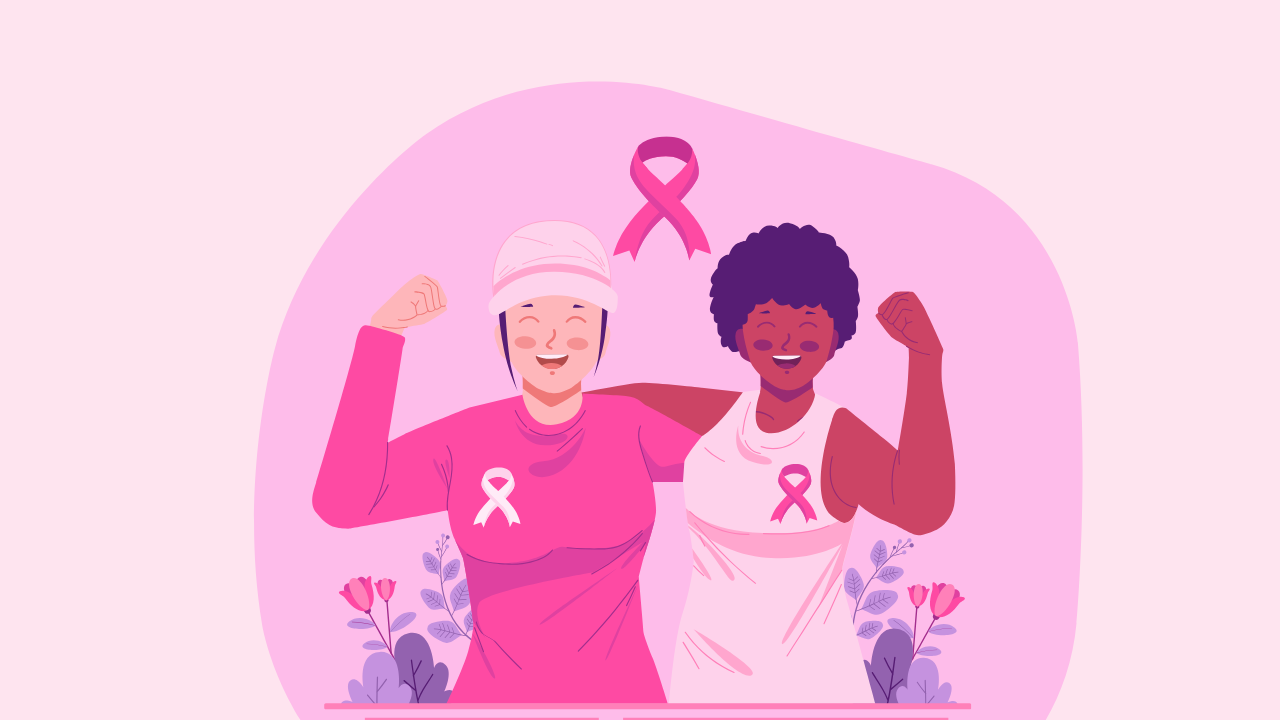Science Discovers What Feeds Cancer

When it comes to aggressive breast cancers, researchers are uncovering strategies that sound like science fiction but they are very real.
A new study from UCSF reveals that triple negative breast cancer, one of the most aggressive and hardest-to-treat forms of the disease, may have found a hidden survival strategy. Instead of relying solely on the body’s natural fuel supply, these tumors have figured out how to hijack fat cells and drain them for energy.
Published in Nature Communications, the study shows that TNBC tumors build microscopic tunnels called gap junctions that connect directly to nearby fat cells. Through these tunnels, cancer cells send chemical instructions that make fat cells release stored energy and feed the tumor’s growth and spread.
“This is a golden opportunity for us to develop effective strategies to treat the most aggressive forms of breast cancer,” said Dr. Andrei Goga, senior author of the study and co-leader of the Breast Oncology Program at UCSF.
In laboratory experiments, researchers found that blocking these gap junctions stopped tumor growth entirely, giving scientists a new target for potential treatment strategies.
Currently, there are no breast cancer treatments designed to block these energy-hijacking tunnels.
However, researchers are already studying drugs that block gap junctions in clinical trials for brain cancer and these same therapies could eventually be repurposed to treat TNBC.
This discovery changes the way researchers understand how triple negative breast cancer spreads and opens the door to new treatment approaches that may slow or even stop its growth.
Breakthroughs like this highlight an important reality. Aggressive breast cancers can operate in ways we cannot see long before imaging or scans detect them. Knowing your body, tracking changes and staying proactive in conversations with your doctor is more important than ever.
This research also reminds us that breast health is not only about early detection but about understanding how lifestyle, biology and prevention intersect. Having these conversations with your medical provider can help you better understand your personal risk and the steps you can take to protect yourself.







